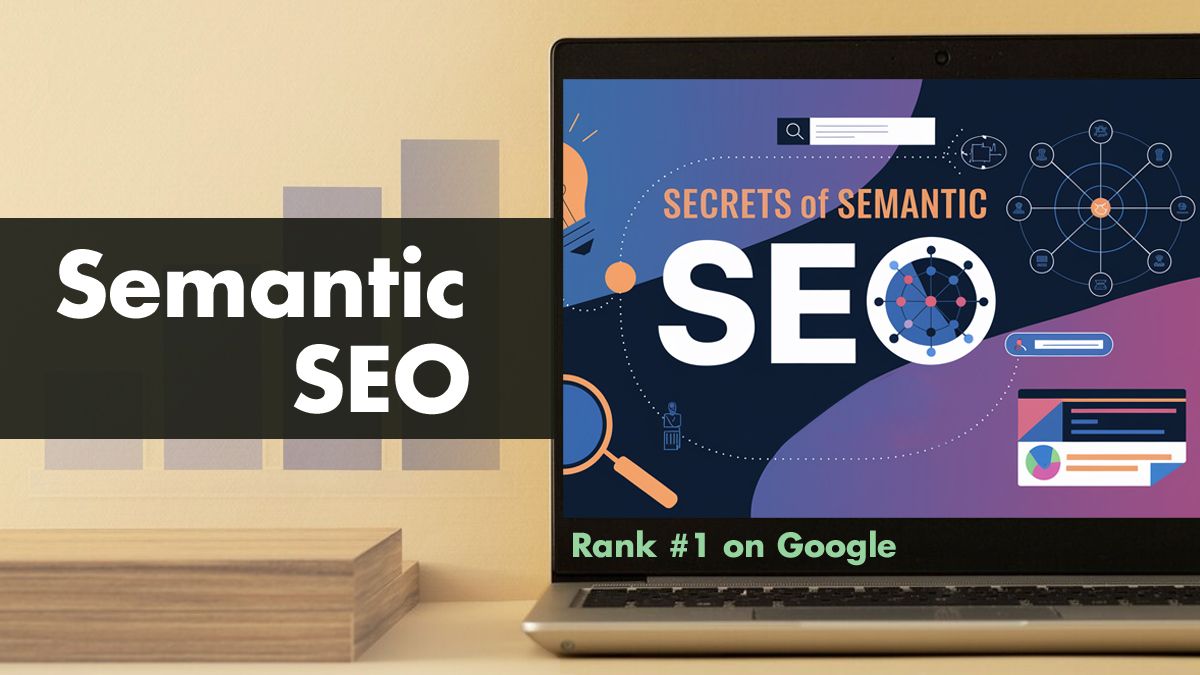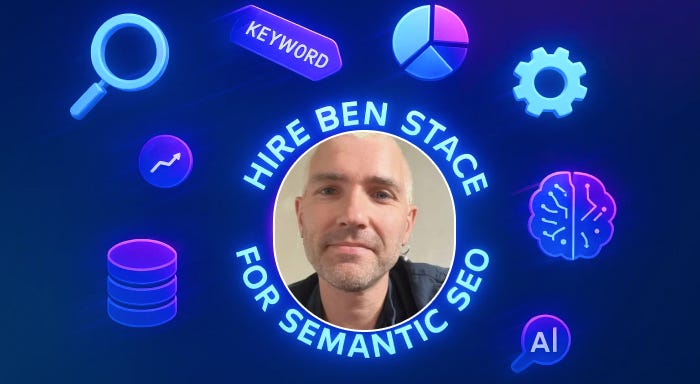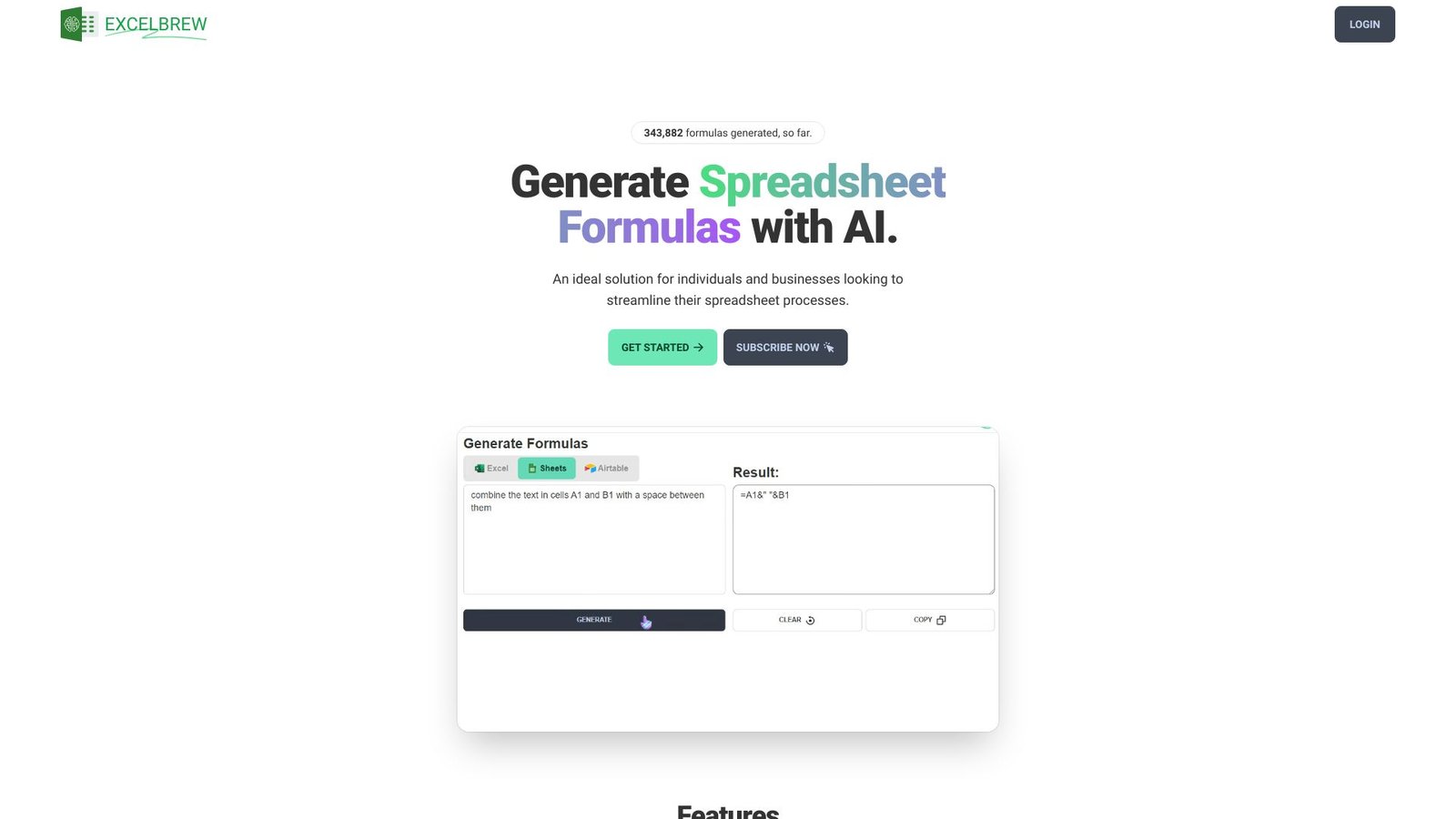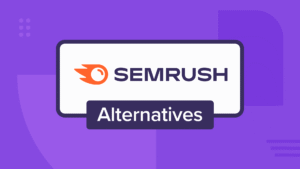How Does Ben Stace Do Semantic SEO? A Deep Dive
Today’s SEO landscape has moved far beyond basic keyword repetition and buying links. Search engines have upgraded to semantic search, which reads between the lines to capture the intent and context behind each query. That’s why companies need a smarter, holistic approach to content optimization. This is the sweet spot where Ben Stace’s proprietary semantic SEO approach truly shines.
Our mission is simple: figure out why Ben’s model works and lift the hood long enough to show how he fine-tunes it for reliable traffic. This post breaks down the techniques he’s perfected and the reasons the results keep climbing month after month.
What Semantic SEO Actually Is
Before we run Ben’s playbook, let’s level-set on the meaning of semantic SEO.
At its core, semantic SEO goes beyond sprinkling a target keyword throughout an article. The goal is to optimize for meaning, context, and user intent. This breaks down into three core practices:
Cover the Topic Deeply: Treat a subject as a Knowledge Graph node and gather everything a searcher might reasonably want to know.
Use Related Vocabulary: Incorporate synonyms, hierarchically related terms, and relevant entities. This sends a signal that the content is comprehensive and well-rounded.
Anticipate User Intent: Answer not only the main question but also the follow-ups a typical reader might ask.
Take “digital marketing” as an example. A piece informed by semantic SEO will naturally weave in SEO trends, PPC best practices, content-creation techniques, and data-analysis tips. Rather than working around a single keyword, the content richly reflects the entire subject universe.
How Does Ben Stace Do Semantic SEO?
The real value lies in how Ben Stace actually puts semantic SEO into action. He blends advanced technical SEO know-how with a clear content strategy, so both search engines and real people walk away with something useful.
Here’s the step-by-step view of his playbook:
1. Starts with User Intent
Ben Stace skips the keyword starter pack and leads with intent. He asks three questions for every topic:
– What problem is the user trying to solve?
– What context surrounds the search?
– What’s the next piece of information the user wants?
This intent map turns a single page into a mini-experience, guiding the user through a meaningful sequence, not just dropping a one-and-done answer.
2. Builds Around Entities, Not Just Keywords
Google is getting smarter and now leans on entities—real things, people, ideas—rather than just a series of search words.
Ben Stace clumps these entities into the piece like puzzle pieces. Let’s say he’s covering semantic SEO. He’ll include related concepts like:
– Natural Language Processing (NLP)
– Google BERT
– Topic clusters
– Search intent
By weaving these terms naturally into headings, links, and explanations, he shows search engines that the page doesn’t just touch the topic; it owns the topic.
3. Uses Topic Clusters and Topic Hubs
One of the most powerful pieces of Ben Stace’s semantic SEO plan is the topic-cluster model. He doesn’t just churn out random articles. Instead, Ben builds a big centerpiece, or pillar, and then adds smaller pieces, or clusters, that link back to the pillar.
For example, he might create the pillar titled, “The Complete Guide to Semantic SEO.” Then he adds clusters like, “How Ben Stace Does Semantic SEO: A Deep Dive,” “Semantic SEO vs. Traditional SEO,” and “Best Tools for Semantic SEO in 2025.”
This model strengthens the website’s internal links and shows Google that the site is an expert on a single topic.
4. Answers Questions Straight
A second tactic Ben uses to power his semantic SEO is answering people’s questions directly. He researches what folks are asking, then weaves questions like “What is semantic search?” and “How does semantic SEO improve keyword rankings?” into the text.
This technique helps his pages show up in “People Also Ask” boxes and featured snippets. More importantly, it saves readers time by giving them the info they need right away.
5. Writes Like a Person
Instead of stuffing keywords, Ben writes in simple, natural sentences. His articles feel like friendly conversations, and that’s the way Google prefers to read them.
The upside is that his text is easy to scan, users linger on the page longer, and bounce rates dip. All of that makes the site more attractive to search engines.
6. Adds Structured Data for Context
Content is only one part of semantic SEO. Ben Stace also layers in structured data (schema markup) to guide Google in grasping the meaning of every page.
Here are the schemas he swears by:
– FAQ schema for rich, question-focused pieces
– Article schema for blog posts
– Organization schema for any brand page
When he adds structured data, rich snippets often pop up, which in turn lifts click-through rates.
Why Does This Approach Work?
The reason Ben’s semantic SEO strategy succeeds is straightforward: it aligns with Google’s priorities and the way users actually search.
Here’s the breakdown of why it performs:
It Matches Google’s Direction
BERT and MUM are engineered to comprehend meaning. Ben’s entity-focused, intent-first model is precisely the kind of work Google earns.
It Provides Comprehensive Answers
Ben dives deep into topics, so users rarely click back to search for a missing piece that a competitor has in only a single post.
It Builds Topical Authority
Search engines reward sites that show mastery across interconnected topics, rather than success with one single keyword.
It Delivers Long-Term Value
The quick-fix SEO tactics of the past fade as algorithms tighten. Semantic understanding, in contrast, only becomes a stronger asset for sites adapting to search’s next evolution.
Practical Playbook from Ben Stace
Inspired by Ben Stace’s approach to semantic SEO? Here’s a set of quick steps you can grab and apply right away:
- Map user intent first instead of dumping keywords into a document.
- Run a tool to spot semantic twists and nearby questions for every main idea.
- Bundle articles into clusters—each piece reinforces the others and grows the whole topic.
- Write the way you talk to a friend—keep it conversational and relatable.
- Add schema markup so search engines see the extra context you want to highlight.
Conclusion
So the secret to Ben Stace’s semantic SEO is clear: intent mapping, entity work, topic clusters, natural voice, and structured markup all in sync. This strategy mirrors how search engines and people think, killing the old idea of digging for quick spikes. Instead, Ben invests in authority and user trust hence the steady climb we can all notice.
Share this content:















Post Comment